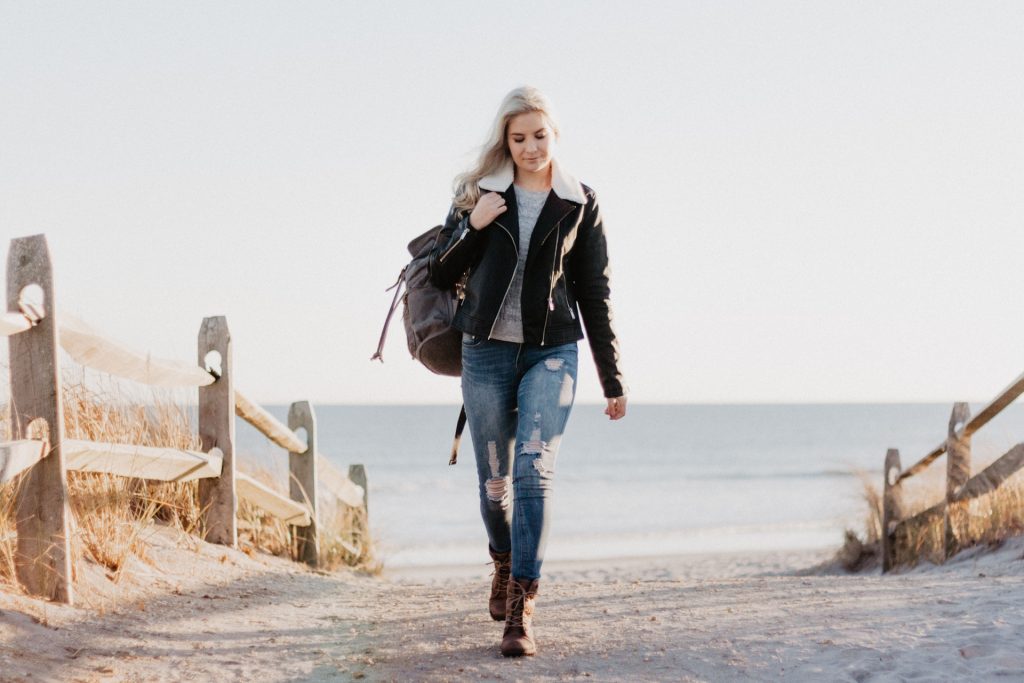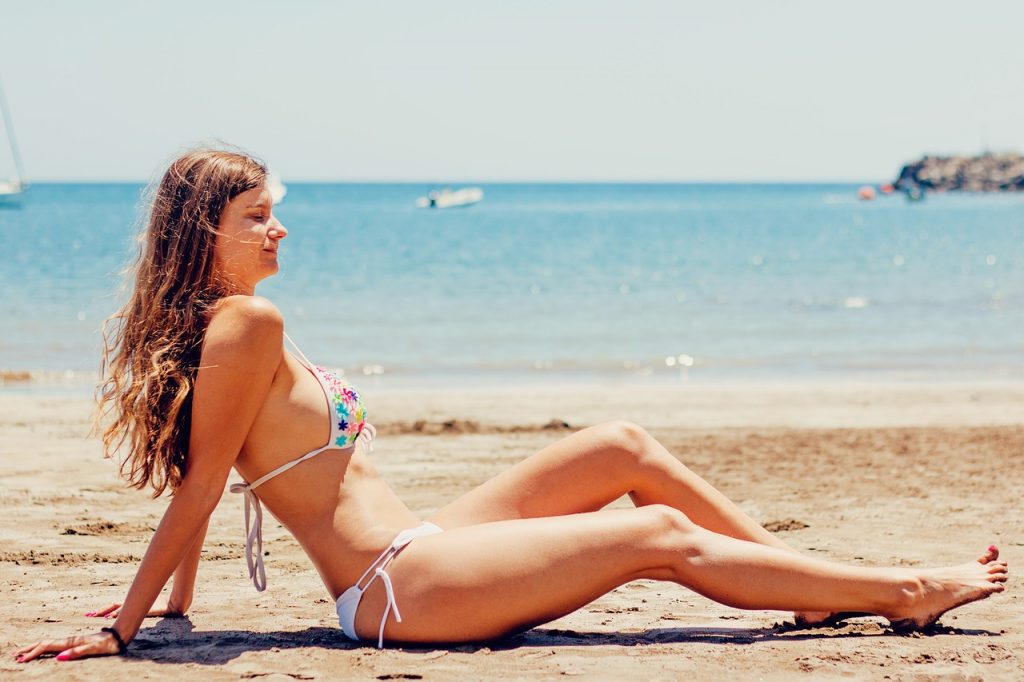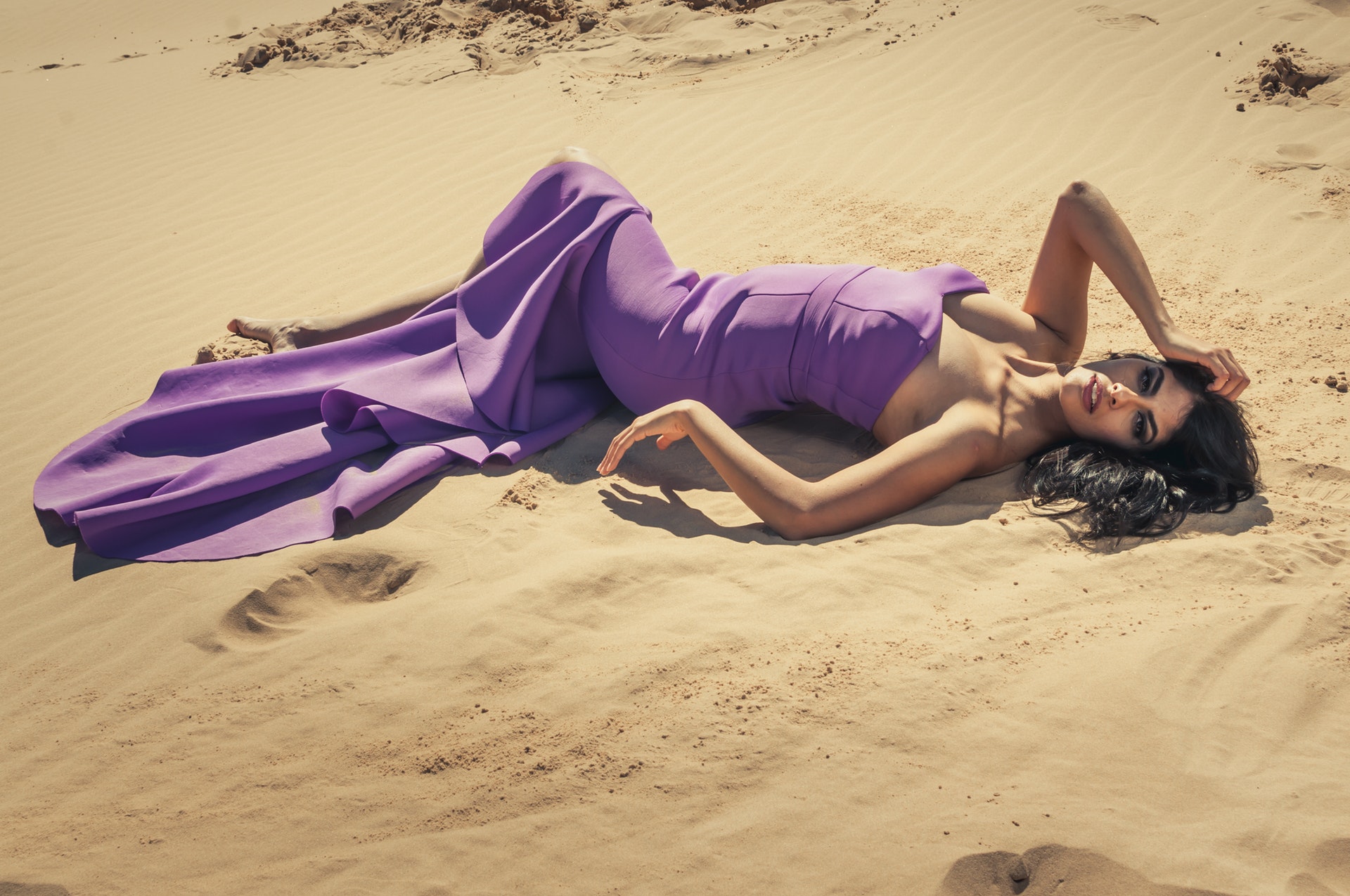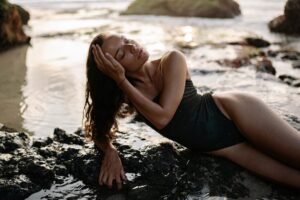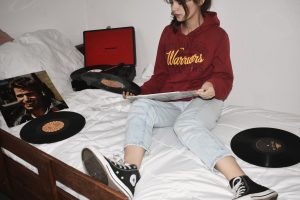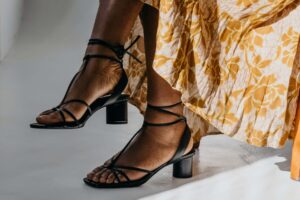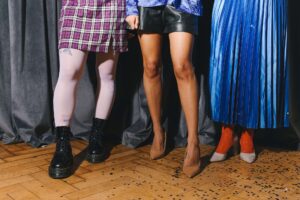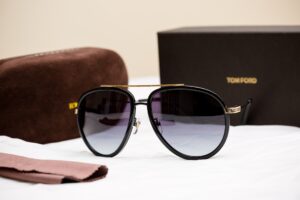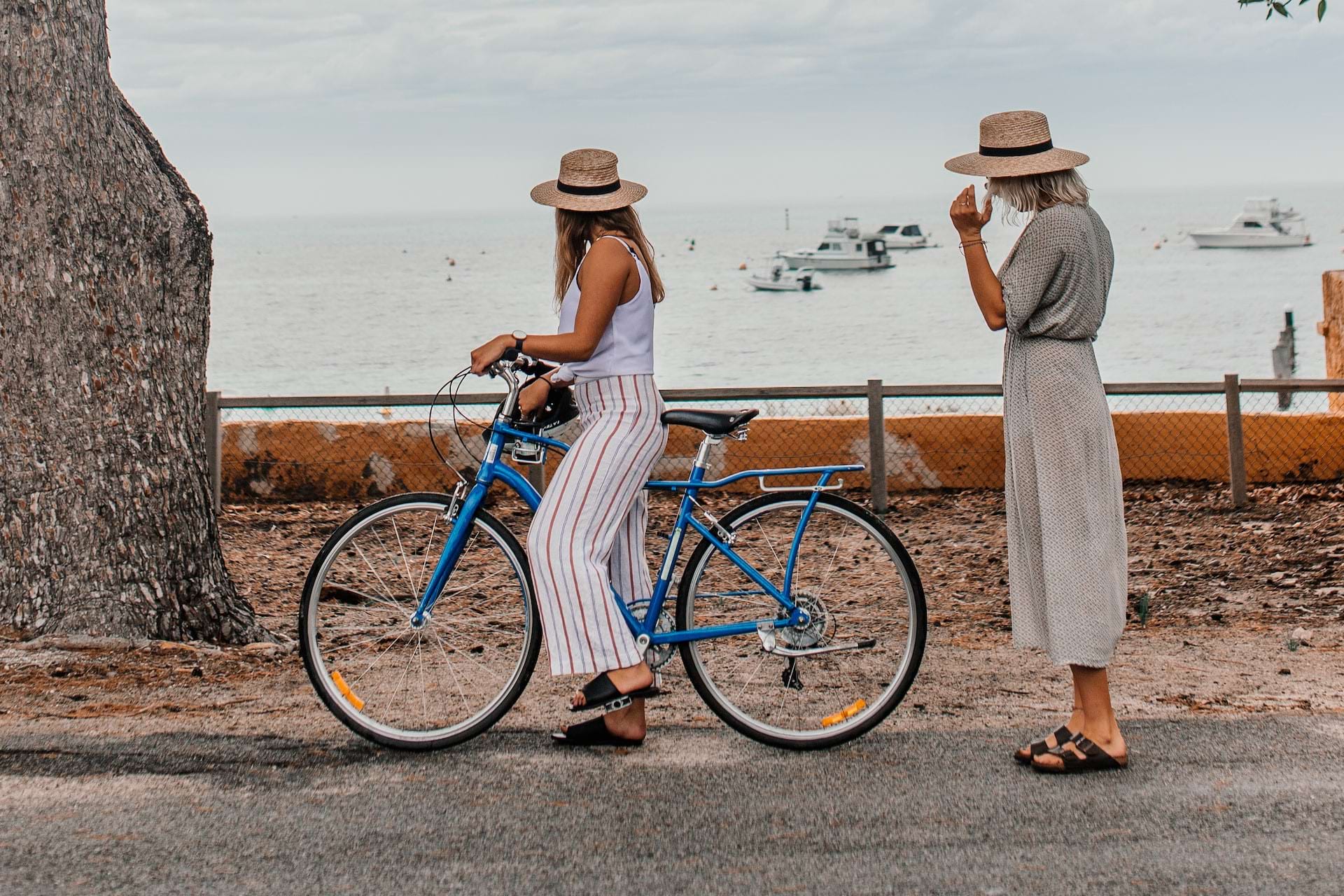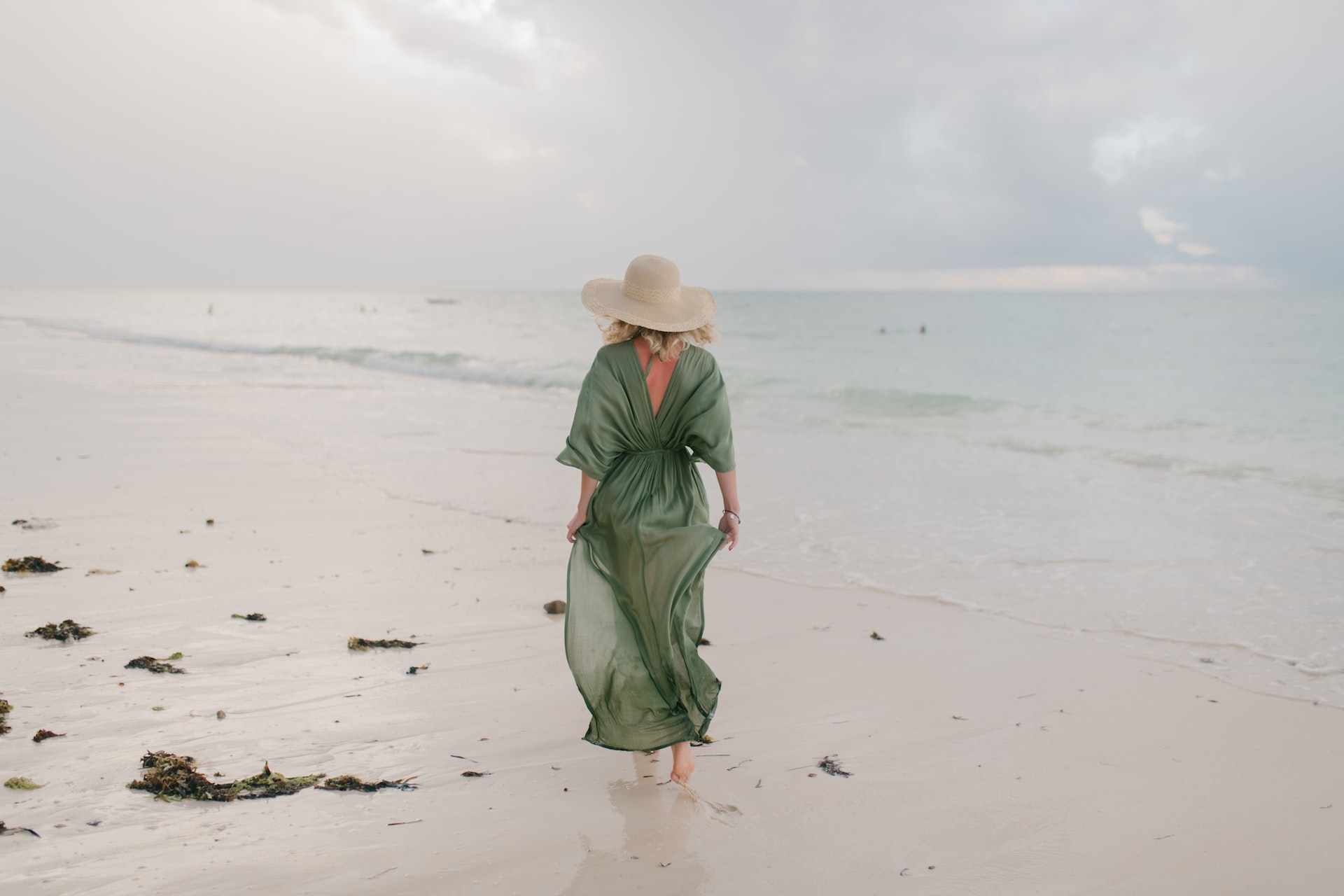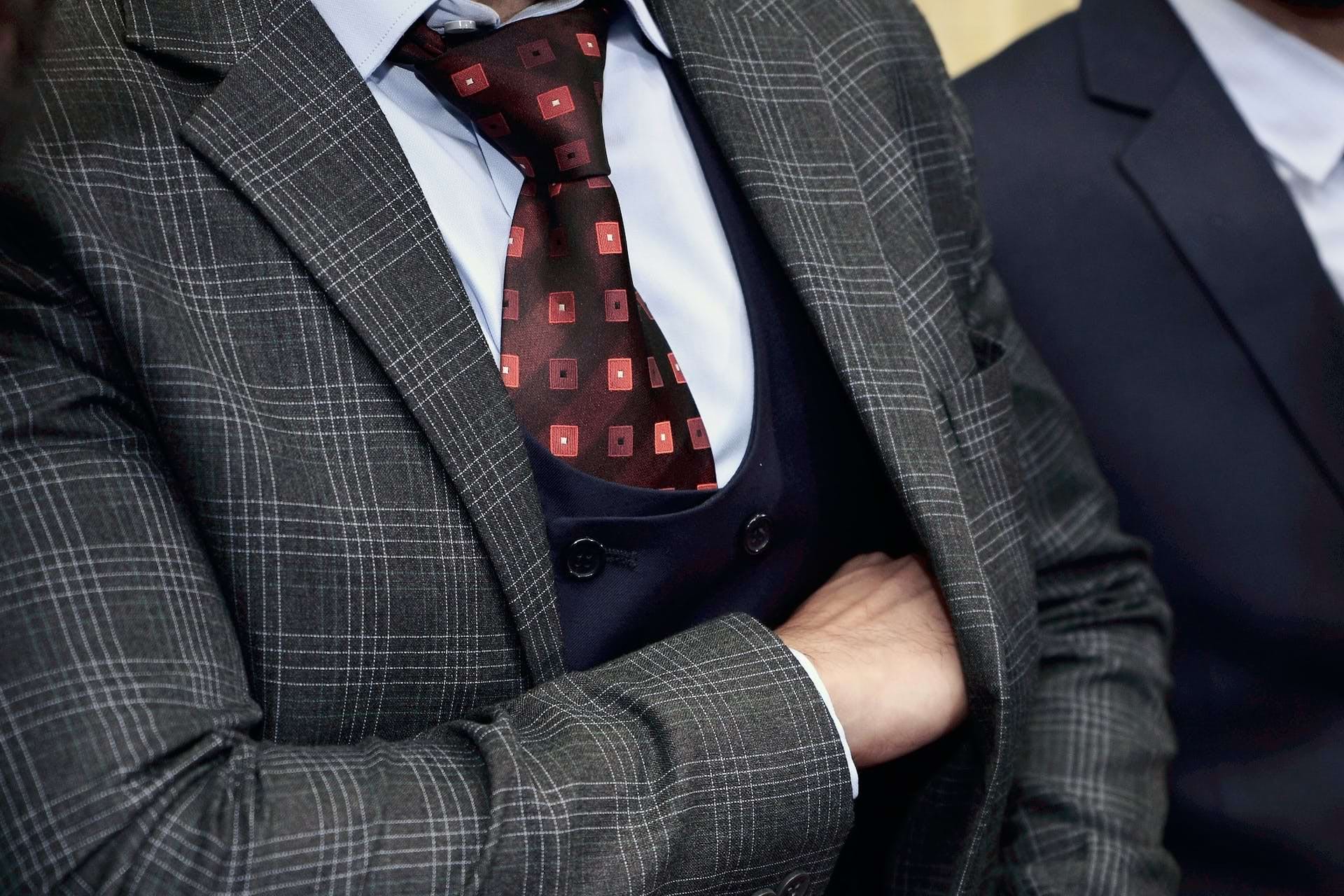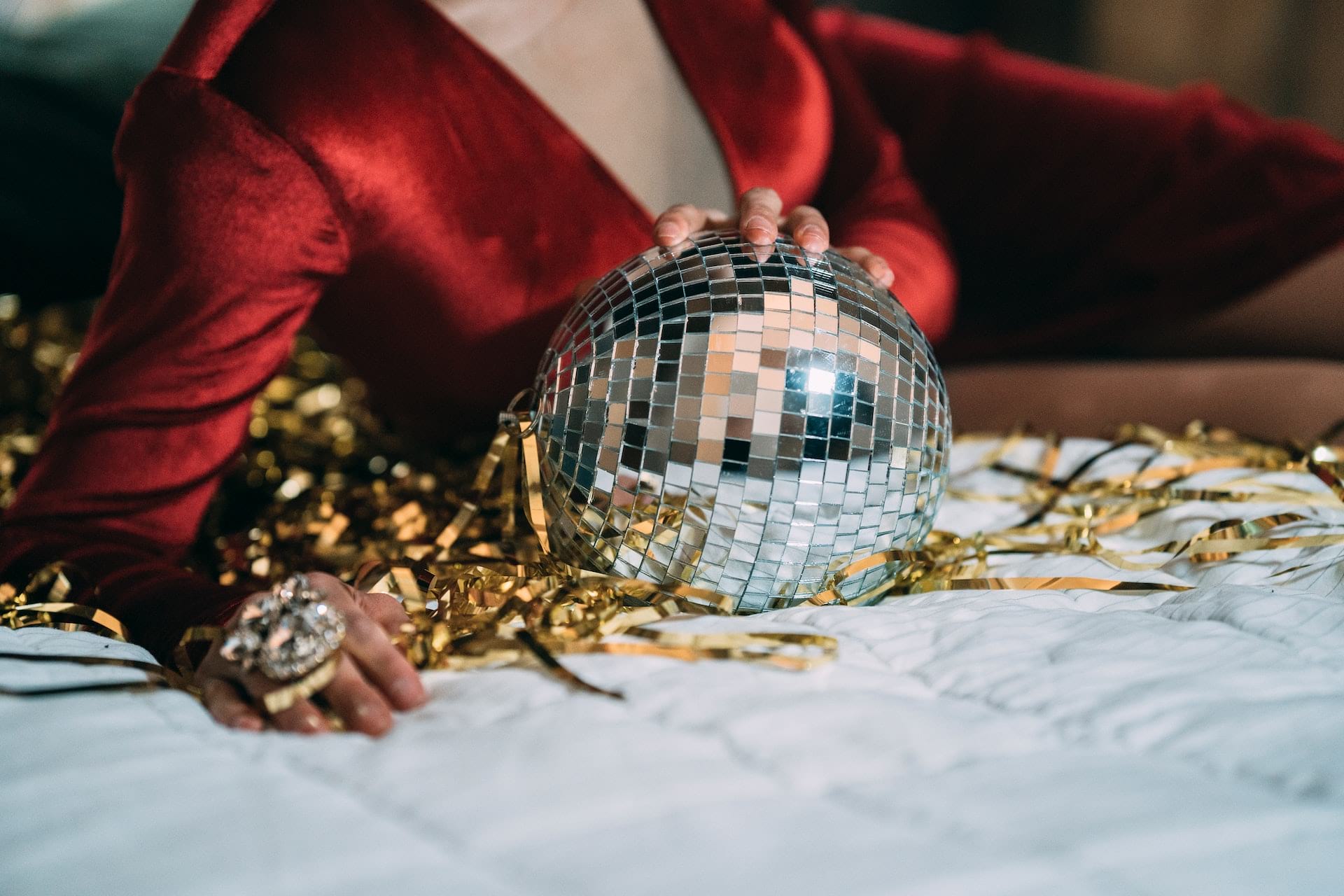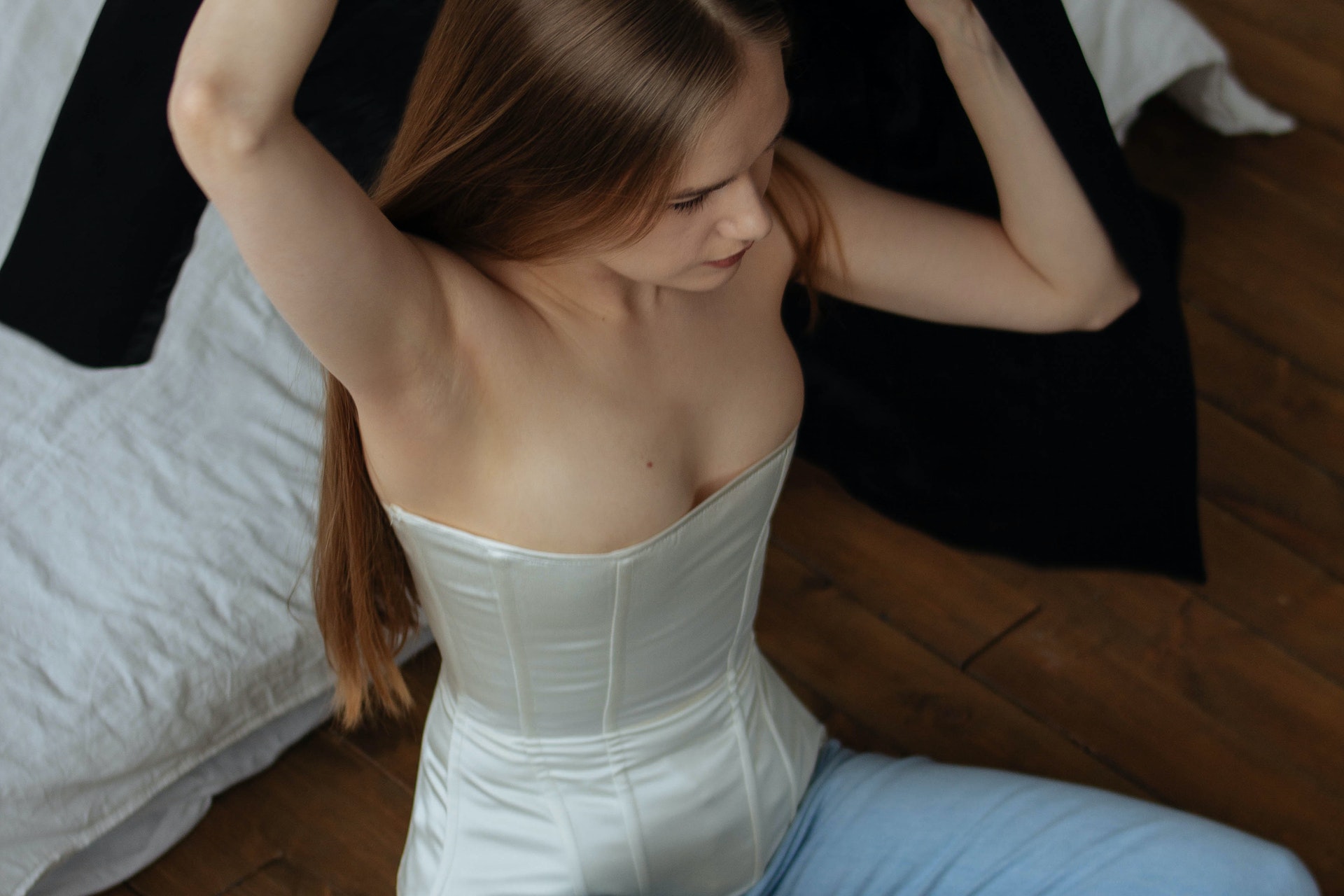
Tailored, polished, more sophisticated fashion trends ruled the era of 1930’s fashion. The biggest reason behind elegant fashion was the crash of Wall Street in 1929 which brought socioeconomic change and made life more serious. Women were now an important part of the workforce; therefore, fashion was a more sober affair than it had been in the roaring twenties. However, that didn’t mean that interest in fashion disappeared in the 1930s. In many ways, it became more important for women to make an effort to feel beautiful to offset the difficulties of their everyday lives. In fact, for the first time, women from all socio-backgrounds could be fashionable. 1930s dress designs were curvier and more feminine than before.
1930s fashion tips
1930s fashion was characterized by elegance, simplicity, and a focus on sleek, streamlined silhouettes. Some of the key fashion trends of the decade included:
Bias-cut dresses: The bias cut was a major trend in 1930s fashion, and it involved cutting fabric diagonally across the grain, which allowed it to drape smoothly and hug the body’s curves. This technique was used to create elegant, flowing dresses that were popular in the era.
Art Deco influences: The Art Deco movement had a significant impact on 1930s fashion, with designers incorporating geometric patterns and bold colors into their designs. This was especially evident in accessories like hats and handbags.
Sophisticated suits: Women’s suits were a major trend in the 1930s, and they were often made from luxurious fabrics like wool and silk. The jackets had a slim, tailored fit, and the pants were wide-legged and high-waisted.
Fur accents: Fur was a popular accent in 1930s fashion, with women wearing fur collars, cuffs, and hats. Fox, mink, and rabbit fur were all popular choices.
Elegant eveningwear: The 1930s were known for their glamorous eveningwear, with women wearing long, flowing gowns made from luxurious fabrics like silk and velvet. These dresses often featured intricate beading and embroidery.
Some of the iconic fashion figures of the 1930s included actresses like Katharine Hepburn, Marlene Dietrich, and Ginger Rogers, who epitomized the sophisticated, elegant style of the era.
1930s fashion inspiration
Some of the iconic actresses and models from the 1930s who are still looked to for fashion inspiration today include: Marlene Dietrich, Ginger Rogers, Jean Harlow, Greta Garbo, Bette Davis.
Marlene Dietrich was a German-American actress and singer who was known for her androgynous, avant-garde style. She often wore suits and tailored jackets, and she was frequently photographed wearing a top hat and tails. Ginger Rogers was an American actress and dancer who was known for her glamorous, sophisticated style. She often wore long, flowing gowns and fur-trimmed coats, and she was a popular inspiration for eveningwear in the 1930s. Jean Harlow was an American actress and sex symbol who was known for her platinum blonde hair and sultry, glamorous style. She often wore figure-hugging dresses and was frequently photographed wearing fur stoles. Greta Garbo was a Swedish-American actress who was known for her understated, minimalist style. She often wore simple, tailored dresses and classic trench coats, and she was a popular inspiration for daytime fashion in the 1930s. Bette Davis was an American actress who was known for her strong, independent personality and bold fashion choices. She often wore sharp-shouldered jackets and elegant evening gowns, and she was a popular inspiration for women’s suiting in the 1930s.
These women all had distinct styles that epitomized the fashion trends of the 1930s. Their influence can still be seen in fashion trends today, making them great sources of inspiration for anyone looking to incorporate 1930s style into their wardrobe.
The famous silhouette was tall and thin, with structured shoulders and well defined, slim waist. Women’s proportions were equally accented in well-fitting, well-cut daywear with cinched waistlines, skirts fitted to the hips, and flared hemlines. While distinctive evening wear in figure-hugging, flowing fabrics with modest necklines, gained popularity among women. 1930s fashion ranged from homemade to pure glamour. Even though people were broke in the 1930s, they still tried to dress nicely.
